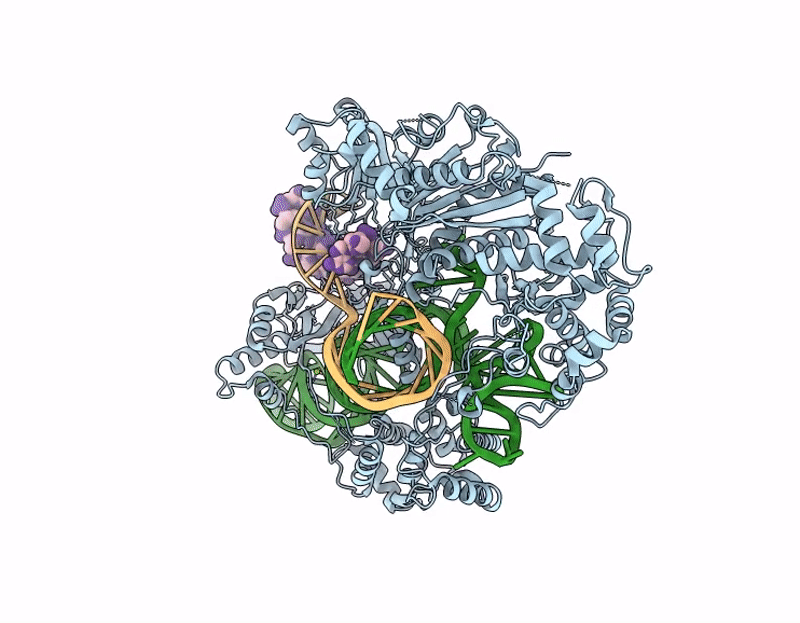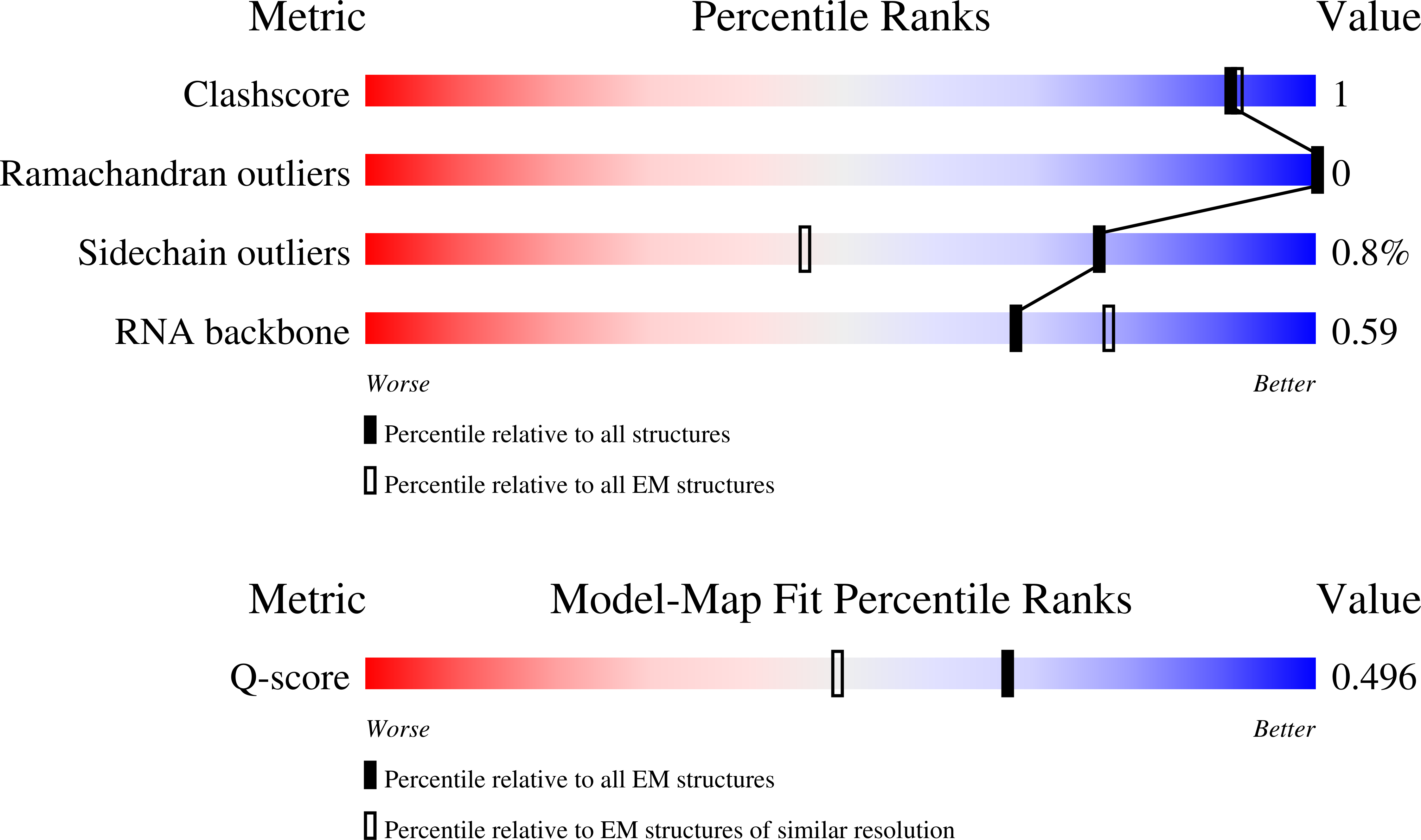
Deposition Date
2024-11-25
Release Date
2025-10-01
Last Version Date
2025-10-08
Entry Detail
Biological Source:
Source Organism:
Francisella tularensis subsp. novicida (Taxon ID: 264)
Homo sapiens (Taxon ID: 9606)
Homo sapiens (Taxon ID: 9606)
Host Organism:
Method Details:
Experimental Method:
Resolution:
2.98 Å
Aggregation State:
PARTICLE
Reconstruction Method:
SINGLE PARTICLE


